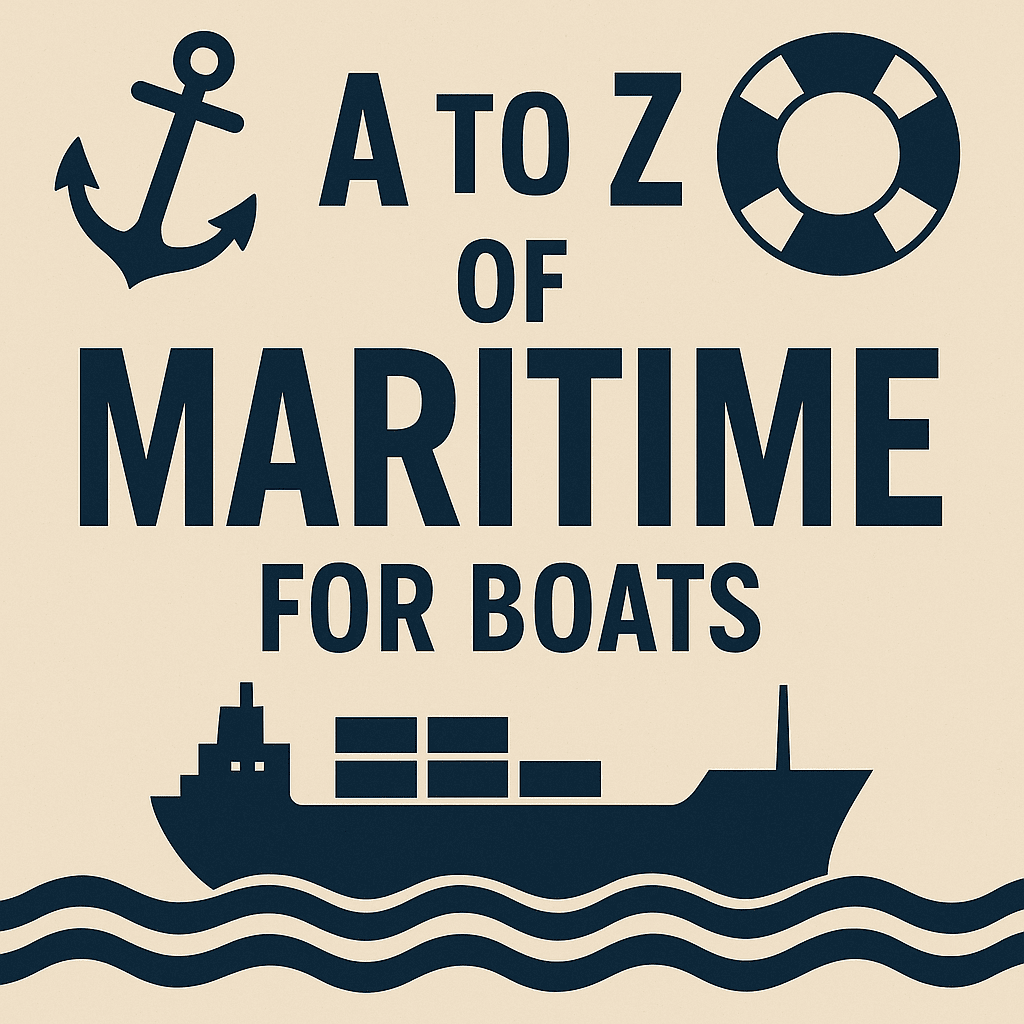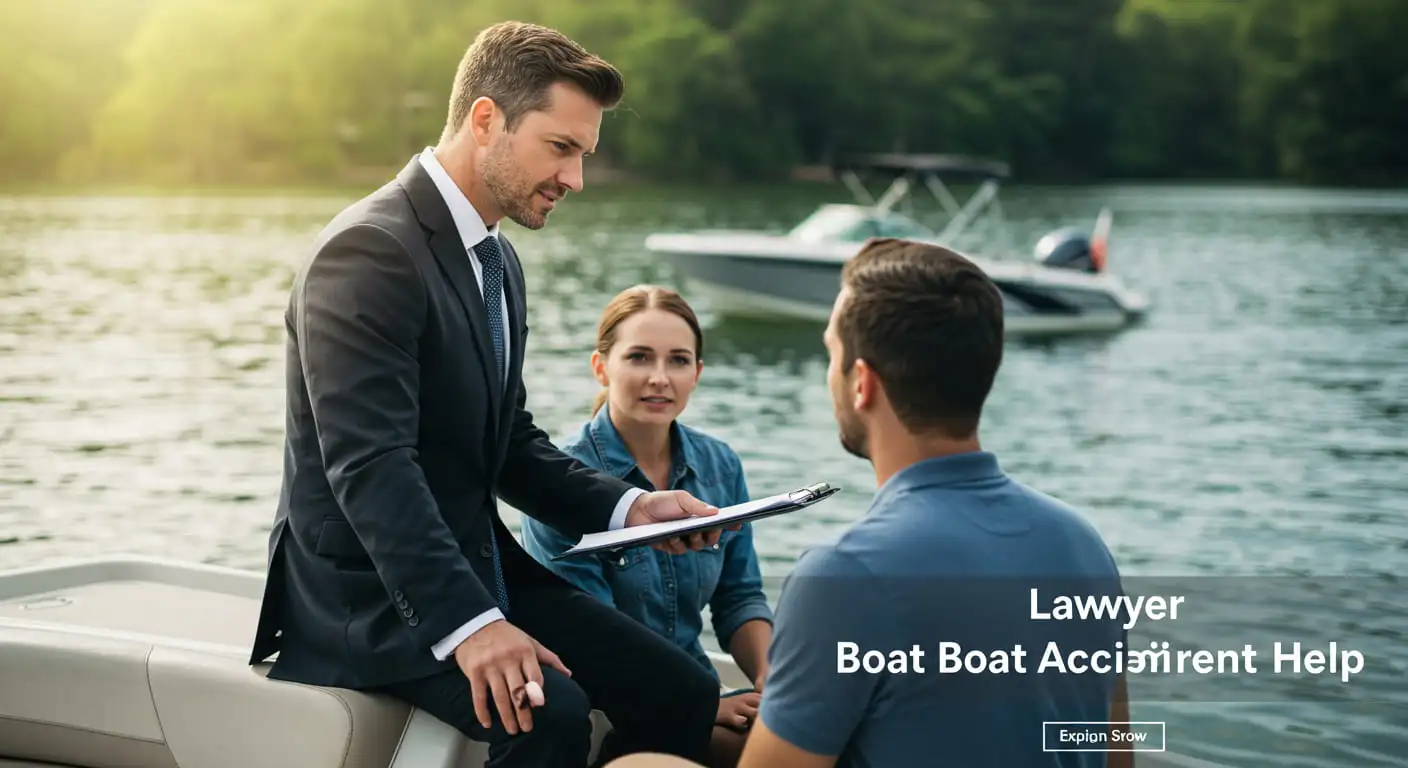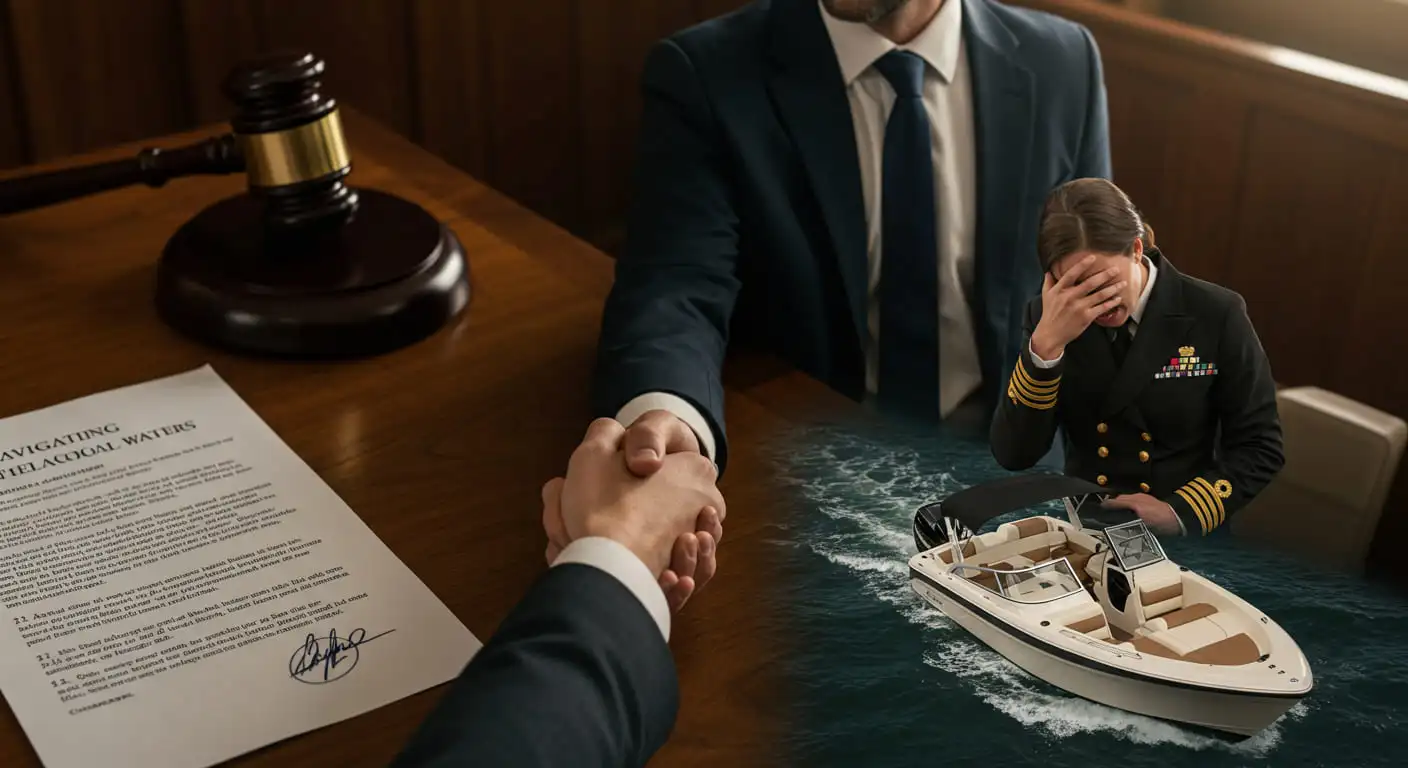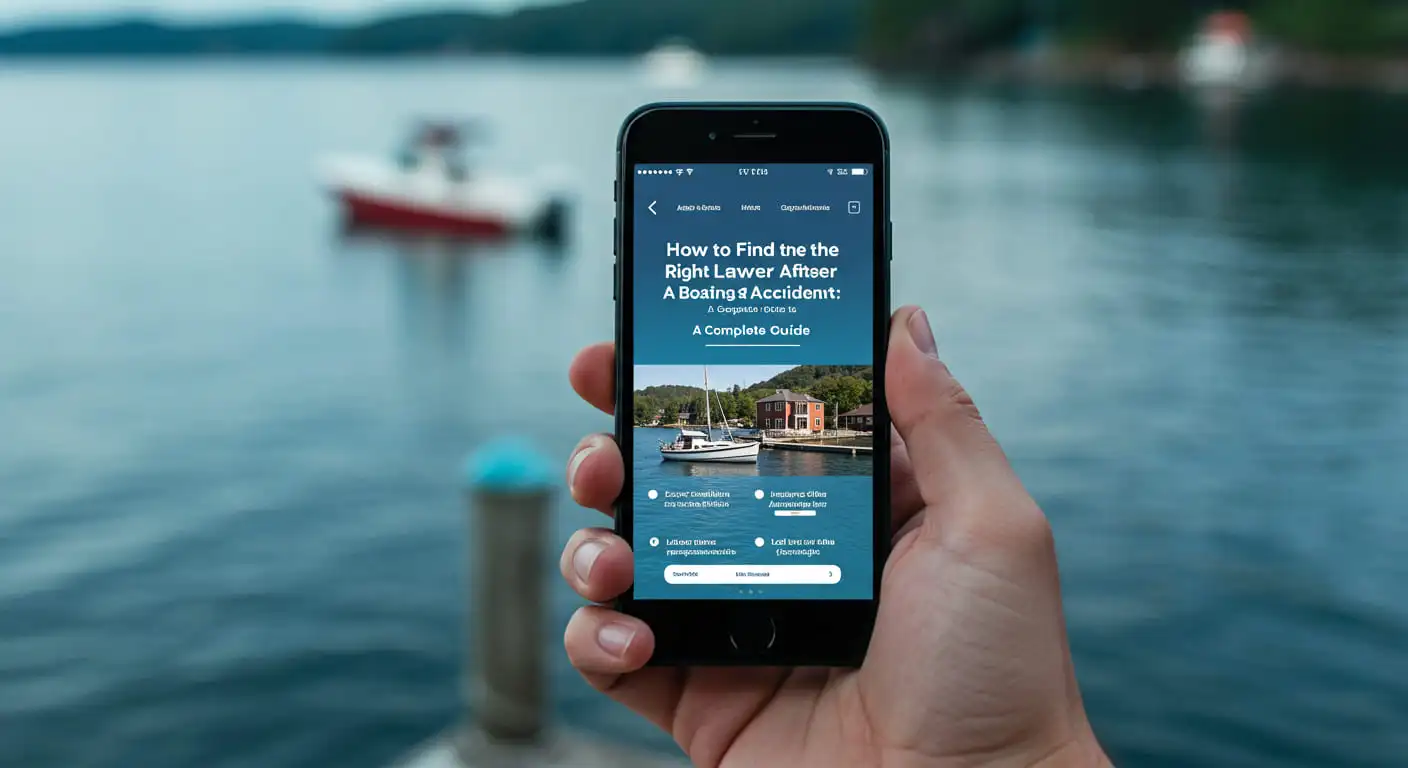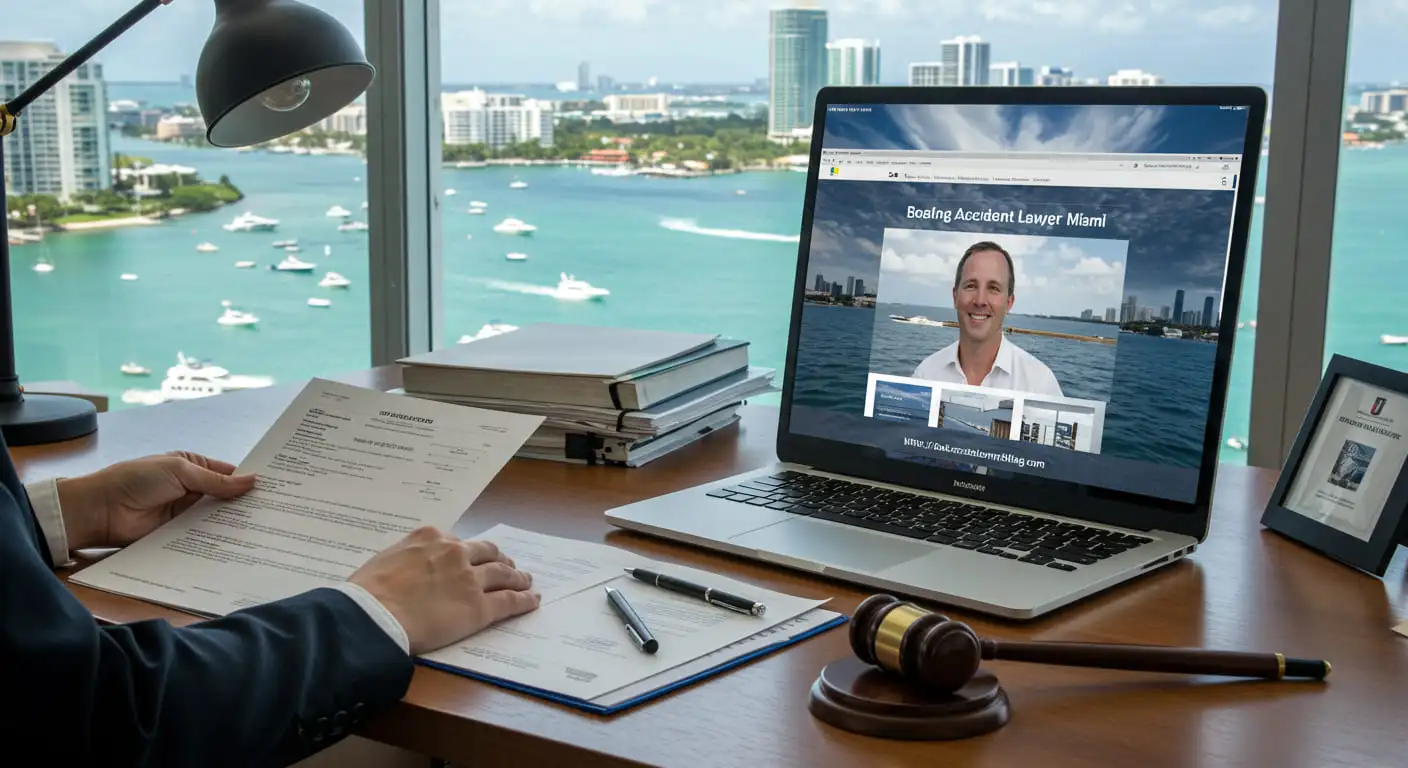Discover the A to Z of maritime laws for boats in simple terms. Learn sea rules for boats, safety, environment, piracy, navigation, and more in this easy guide.
Maritime Laws for Boats (Easy Guide)
If you’ve ever wondered what laws boats must follow at sea, this is your simple A–Z guide. Whether you’re a boat owner, sailor, or just curious about how things work on the ocean, this guide breaks down complex maritime laws into easy explanations.
A – Admiralty Law
What it is: The basic legal system for all things at sea.
Covers: Shipping contracts, ship accidents, insurance, and cargo issues.
B – Ballast Water Rules | Maritime Laws for Boats (Easy Guide)
Why it matters: Ships carry water in special tanks for balance. But that water can spread invasive species.
Rules: Ships must clean or exchange this water before arriving in another country.
C – Collision Rules (COLREGs)
Goal: Prevent boat crashes at sea.
Key points: Always keep watch, follow traffic lanes, and know who gives way.
D – Distress and Safety Systems
In case of emergency: Ships use special radios and beacons to send SOS signals.
Must have: EPIRBs, radios, and safety alerts as per global safety rules (GMDSS).
E – Environmental Rules (MARPOL)
Protect the ocean: Ships cannot dump oil, garbage, or harmful liquids into the sea.
Includes: Sewage, plastic, smoke emissions, and more.
F – Flag State Rules
What is a flag state? The country where a ship is registered.
Their job: Make sure ships follow international safety and pollution rules.
G – General Average
Shared risk: If a ship owner makes a sacrifice to save the ship (like throwing cargo overboard), all parties share the loss.
Used for: Emergencies like fires or running aground.
H – High Seas Freedom
Open sea rights: All countries can use international waters for sailing, fishing, and research.
Rule: Don’t interfere with others’ activities.
I – Innocent Passage
Meaning: Any ship can pass through another country’s waters as long as it doesn’t cause harm.
Don’ts: No spying, no dumping, no fishing.
J – Jurisdiction at Sea | Maritime Laws for Boats (Easy Guide)
Who’s in charge?
- Up to 12 nautical miles: The coastal country.
- 12–200 miles: Special economic zones.
- Beyond 200 miles: International waters.
K – Keep Watch
Always look out: Ships must always keep watch with eyes, ears, radar, and other tools to avoid accidents.
L – Load Line (Plimsoll Line)
Safety mark: A line painted on the ship shows how much weight it can safely carry.
Prevents: Overloading and sinking.
M – Maritime Labor Laws
Focus: Protects sailors’ rights and working conditions.
Covers: Wages, rest hours, food, health care.
Must have: GPS, radar, echo sounders, compass, and charts.
Purpose: To travel safely and avoid hazards.
O – Oil Spill Preparedness
If oil leaks: Ships and ports must be ready to act fast.
Includes: Emergency plans and cleanup tools.
P – Piracy Laws
Piracy = Crime at sea.
Laws allow: All countries to capture and punish pirates.
Q – Quarantine and Health | Maritime Laws for Boats (Easy Guide)
Ship health checks: Ships must have certificates showing they’re free of dangerous diseases.
Can be stopped: If sick crew or pests are found on board.
R – Rescue and Salvage
Saving ships: Salvage crews can help and still get paid—even if they only prevent pollution.
Law: Encourages saving ships and protecting the environment.
S – Safety Management (ISM Code)
All about: Safe operation and pollution prevention.
Ships must have: A plan, regular checks, and clear rules for emergencies.
T – Traffic Lanes at Sea
Busy sea areas: Ships must follow traffic patterns—just like cars on roads.
Helps avoid: Collisions and confusion.
U – Unmanned Ships (Autonomous Vessels)
Future tech: Some ships run without a crew.
Still must follow: Safety and communication rules.
V – Voyage Planning
Before sailing: Ships must plan their route, including weather, hazards, and emergency options.
W – Watchkeeping
Important job: Crew must always be awake and alert.
Required: Day and night, in all weather.
X – Xenobiotic Waste
What is it? Harmful synthetic waste (like plastics or chemicals).
Rule: Ships must not throw it into the sea.
Y – York-Antwerp Rules
For emergencies: A system for dividing costs when cargo or ships are sacrificed to save others.
Used by: Ship owners and insurers.
Z – Zones at Sea | Maritime Laws for Boats (Easy Guide)
Types of sea areas:
- Territorial waters: 12 miles from coast.
- EEZ (Exclusive Economic Zone): 200 miles out.
- High seas: Open to all, but must follow international law.
Conclusion:
These A–Z rules keep oceans safe, clean, and fair for everyone. Whether you own a boat, work on one, or just enjoy the sea, understanding these basics helps protect you and the planet.
